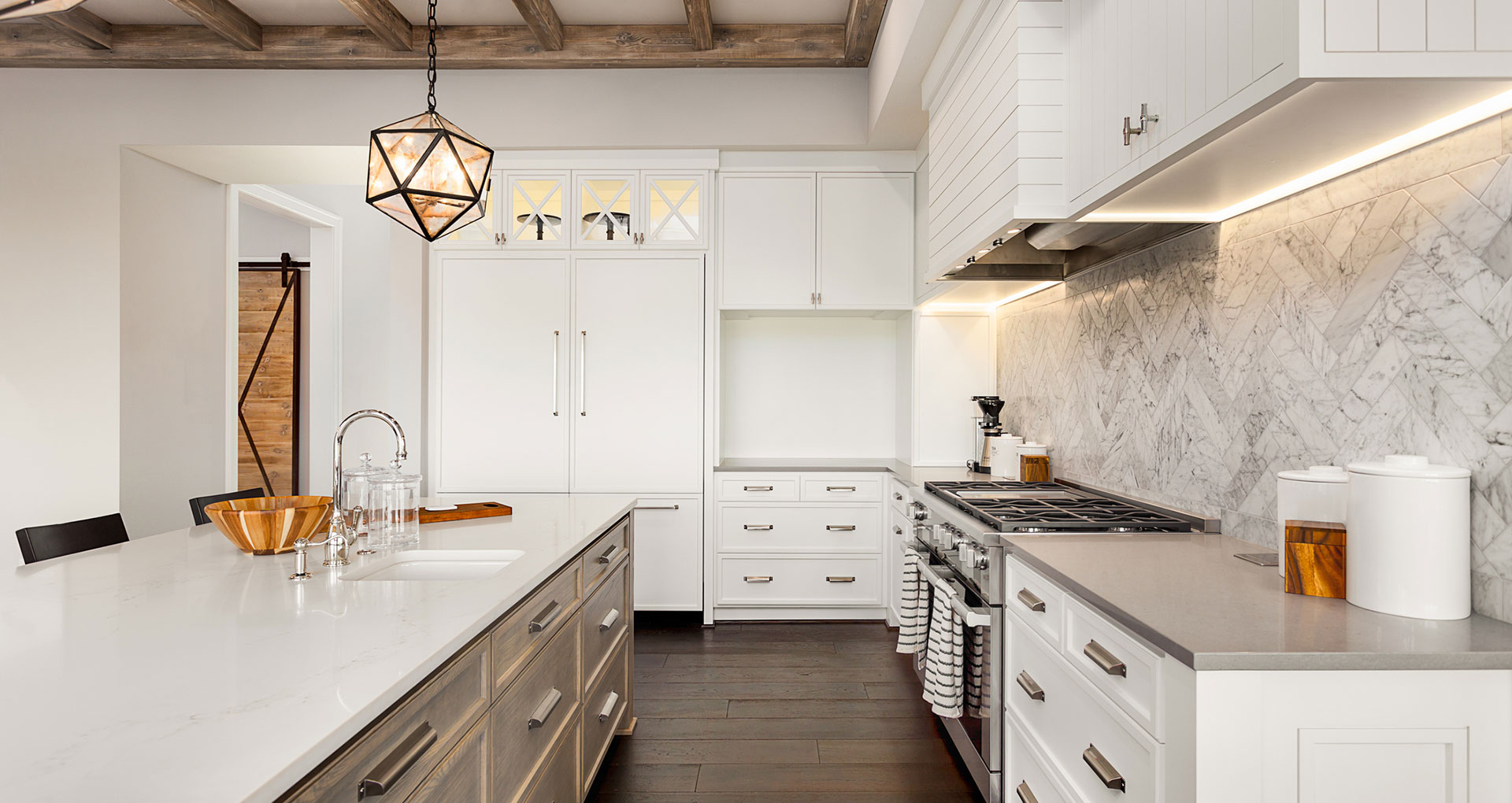Stepping into the world of Residential Construction from that of Commercial Architecture, many years ago, has shed much light into how differently these two businesses run with regard to process. The International Building Code and American Institute of Architects have set guidelines as a minimum to the best practices and methods of operation. Through decades of evolution, adaptation, and development, these guidelines have not only created safeguards for the architect, builder, and client of commercial work but have also produced an incredibly lean process of production to the benefit of that client. I believe it would behoove us, as builders, to take a look at how this well-oiled machine functions in an attempt to implement those mechanics into our own process of residential building.
Process of Communication
As any good manager or leader will tell you, communication in an organization is invaluable. Good communication skills are essential to achieving your goals, being productive, and being efficient in your methodology. They are also imperative in developing strong working relationships with everyone involved in the process. In the world of Commercial Architecture, the User (Client) is involved in the design process from conception on through completion. User Group meetings are set monthly throughout each phase of the design process. This allows the client to play an integral part of how the structure functions, feels and looks. Taking that a step further, the world of Commercial Architecture also holds MEP (Mechanical, Electrical, Plumbing) meetings. This is where Mechanical, Electrical and Plumbing Engineers or providers collaborate with Structural Engineers and Architects to ensure that their design strategies align in order to avoid any potential complications during the building process. These are just a couple of examples of great communication and collaboration early on in a project.
How could we emulate these practices into the Residential Building process?
Collaborative Design
How early can we get the client involved in the design process? How early can we get the builder involved in the design process? Collaborative design, involving the builder, architect, and client, could very easily help value engineer your project’s budget, minimize cost overages during construction, lean out your schedules, and keep change orders to a minimum. We believe it is never too early to collaborate. Although a residential design and estimation scope does not usually require such an in-depth analysis by all parties involved, there are good lessons to be learned. If you are thinking about building a custom home or even remodeling your existing home, and plan on hiring a designer/architect, consider the benefit of choosing your builder before you begin the design process. The benefits could be staggering.
